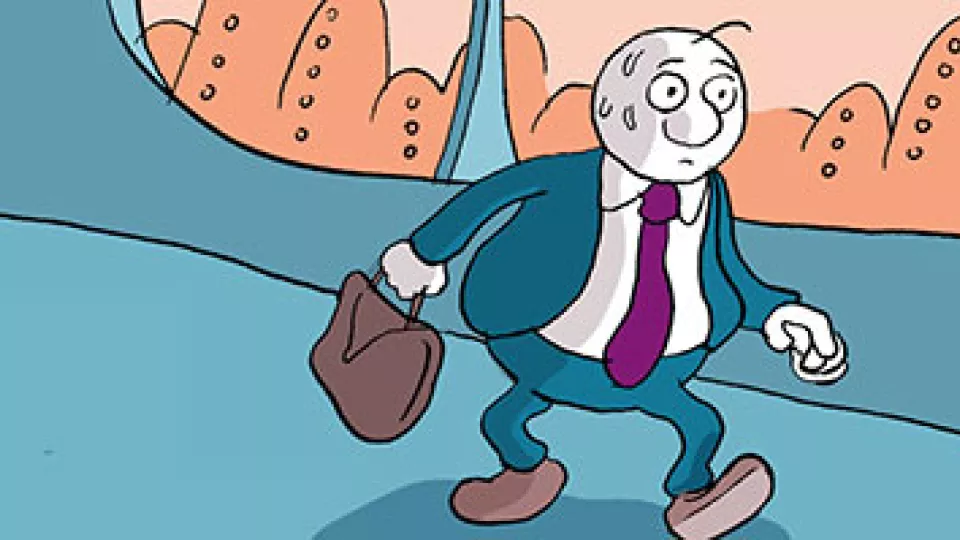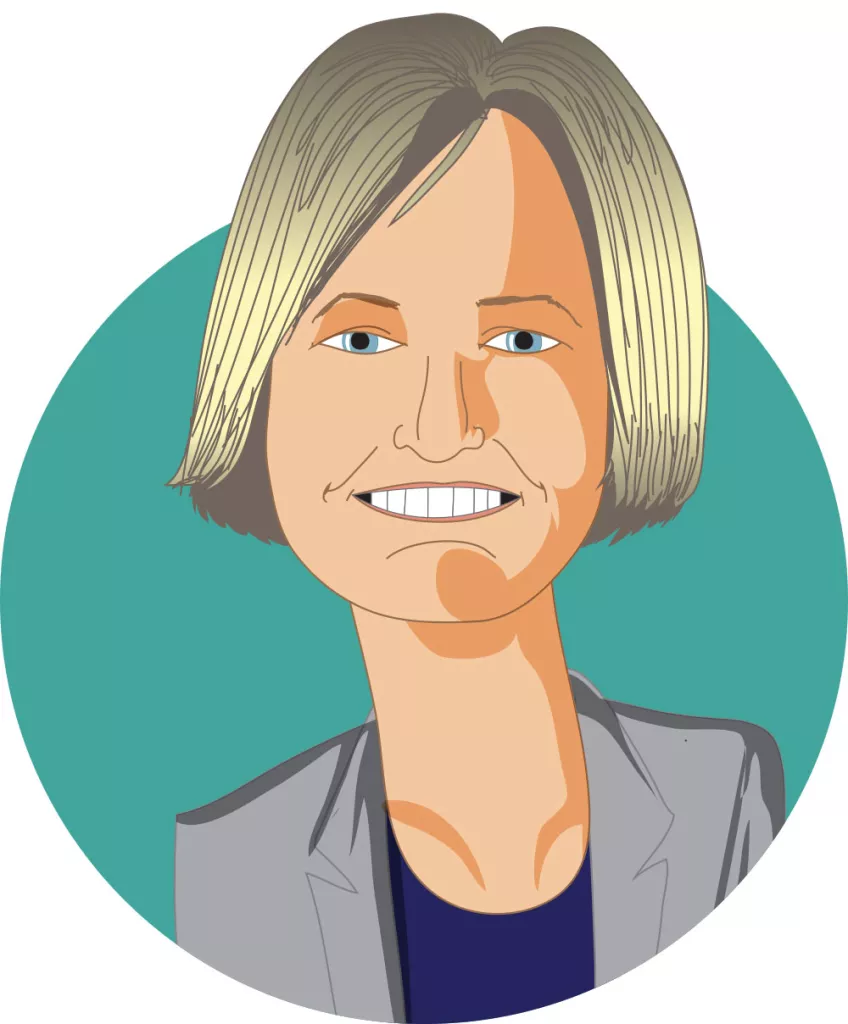A Cell’s Life is the title of the cartoon about a skin cell called Jojo whose highest ambition has always been to become a neuron. On his first day at work, he gets discouraging news – he is told a skin cell can never be anything other than a skin cell. But a dedicated researcher, working to find a cure for Parkinson’s disease, might be able to alter Jojo’s fate ….
Malin Parmar is truly dedicated to her research, which deals with finding different methods for repairing damage to the brain, above all in cases of Parkinson’s disease. In 2011, Malin Parmar and her research team were the first in the world to succeed in reprogramming human skin cells directly into dopamine-producing neurons.
The research team is also pursuing other research paths:
- Getting stem cells to develop into dopamine-producing neurons, which can be TRANSPLANTED into the brain of Parkinson’s patients who have lost their own dopamine cells, and therefore suffer from low levels of dopamine.”
- Introducing genes into the brain that are able to execute reprogramming on site, thereby getting glial cells (a kind of support cell in the brain) to transform into dopamine cells.
The ERCcOMICS series illustrates stem cell research, cell programming and advanced methods in cartoon form. The aim of the creators behind the concept was to tell stories about science in a concrete, memorable and engaging way. But what does Malin Parmar think about presenting complicated research as a cartoon?
Are you satisfied with the result?
Super-satisfied! They have really created an exciting and interesting story that allows the concept of my research to shine through.
This is a completely different form of research communication compared to usual approaches. What was it like to think in terms of a cartoon?
Luckily, I wasn’t required to think up or draw cartoons myself. We worked together as a team, and the cartoon creators came up with Jojo and his story based on what we discussed in our meetings.
Have you had any feedback?
Yes absolutely. There is great interest in my research among patients and their relatives, for example. ERCcOMICS has opened up interest in the subject and generated discussions about research with people I would not normally communicate with.
I think it is important that as many people as possible become interested in research and facts. Using slightly unusual formats enables you to reach different target groups.

